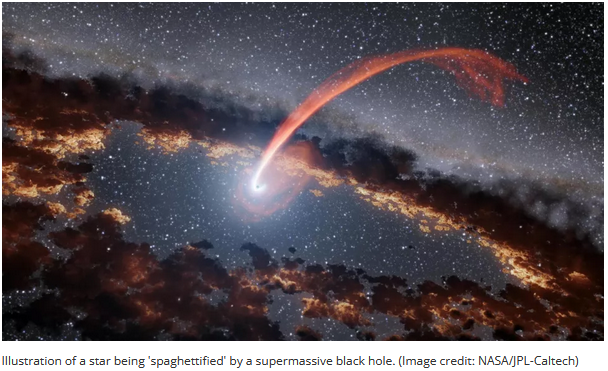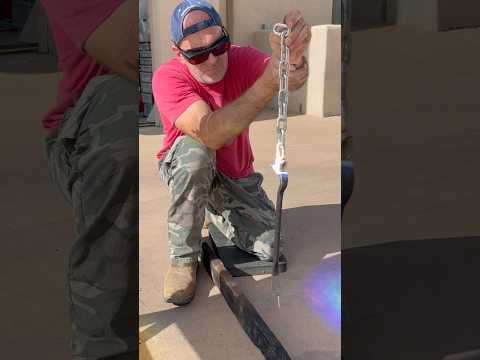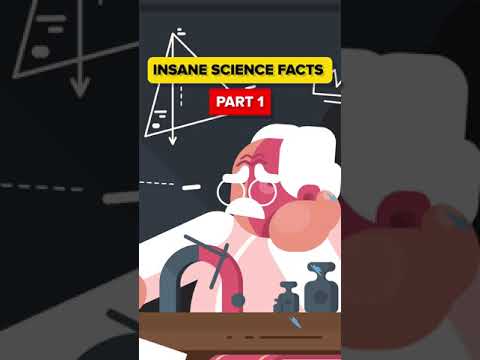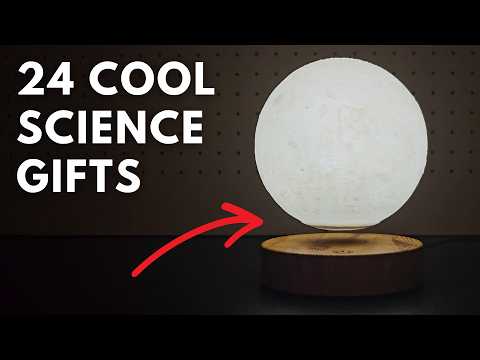Astronomers contrasting maps of the universe revealed the nearest example of a great void feasting on a star ever before discovered.
A long period of time ago, in a galaxy not so far away, a supermassive black hole tore a celebrity to shreds in the center of the galaxy NGC 7392. The flash of light from the great void’s supper ultimately reached Planet in 2014– as well as astronomers just found it in their information.
This newly identified outburst from the center of NGC 7392 is the closest-yet example of a tidal disturbance occasion (TDE), where a star is rived by the substantial gravitational pull of a black hole. The findings were published April 28 in The Astrophysical Journal Letters.
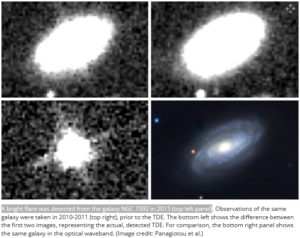 The hungry black hole was seen about 137 million light-years from Earth– or regarding 35 million times as for Proxima Centauri, the closest celebrity to the sun. As far-off as that seems, astronomers have actually just observed around 100 of these events until now, and this is 4 times closer than the previous title-holder of “closest TDE to Planet.” Researchers found the TDE in infrared, a various wavelength than the majority of traditional TDE detection’s, which normally are available in X-rays, ultraviolet, and optical light.
The hungry black hole was seen about 137 million light-years from Earth– or regarding 35 million times as for Proxima Centauri, the closest celebrity to the sun. As far-off as that seems, astronomers have actually just observed around 100 of these events until now, and this is 4 times closer than the previous title-holder of “closest TDE to Planet.” Researchers found the TDE in infrared, a various wavelength than the majority of traditional TDE detection’s, which normally are available in X-rays, ultraviolet, and optical light.
Connected: Meet ‘Scary Barbie,’ a great void slaughtering a celebrity in the brightest way feasible.
” Finding this nearby TDE suggests that, statistically, there have to be a huge population of these events that typical methods were callous,” said lead writer Christos Panagiotou, an astronomer at the Massachusetts Institute of Technology, in a declaration . “So, we ought to try to find these in infrared if we desire a full photo of great voids and their host galaxies.”.
After very first detecting the TDE in monitorings from the NEOWISE space telescope, Panagiotou as well as collaborators sorted through information from numerous other observatories and also room telescopes to dig up more info on NGC 7392’s supermassive great void. They wanted to fix the enigma of why this TDE only showed up in infrared, instead of in more energetic wavelengths like others of its kind.
Previously discovered TDEs mainly appeared in so-called eco-friendly galaxies, which don’t create rather as many celebrities as the much more active blue galaxies but aren’t absolutely burnt on star-making like red galaxies. NGC 7392, however, is a blue galaxy– churning out several brand-new celebrities and also creating a great deal of dirt in the process. This dust could cover the facility of the galaxy, where the supermassive black hole lives, in optical and also ultraviolet light. But infrared light makes it possible for astronomers to peer via that dirt and see what’s going on.
This searching for suggests that astronomers ought to be searching for TDEs in infrared light, as well.
” Utilizing infrared studies to capture the dirt resemble of covered TDEs has actually currently shown us that there is a population of TDEs in dirty, star-forming galaxies that we have actually been missing,” Suvi Gezari, an astronomer at the Room Telescope Science Institute that was not involved in the study, claimed in the statement.
By looking for TDEs in infrared as well, researchers might get one action more detailed to understanding just how great voids chow down on stars.
Related Interests:
black hole, we just found the closest black hole to earth, closest black hole to earth, the unicorn, the unicorn black hole, solar mass black hole, nearest black hole, nearest black hole to earth, new black hole, what is the closest black hole to earth, nearest black hole to earth discovered, closest black hole ever found, going to the nearest black hole, star, devouring, donut shape, tidal disruption event, tde, hubble telescope, space, astronomy, science, discovery, universe, secrets, mysteries, accretion disk, radiation, event horizon, supermassive black hole, galaxy, x-ray flares, relativistic jet, afterglows, light-years, observation, ground-based telescopes, keck observatory, las cumbres observatory, collaboration, continued observations, investment, space exploration, advanced technology, spacex
